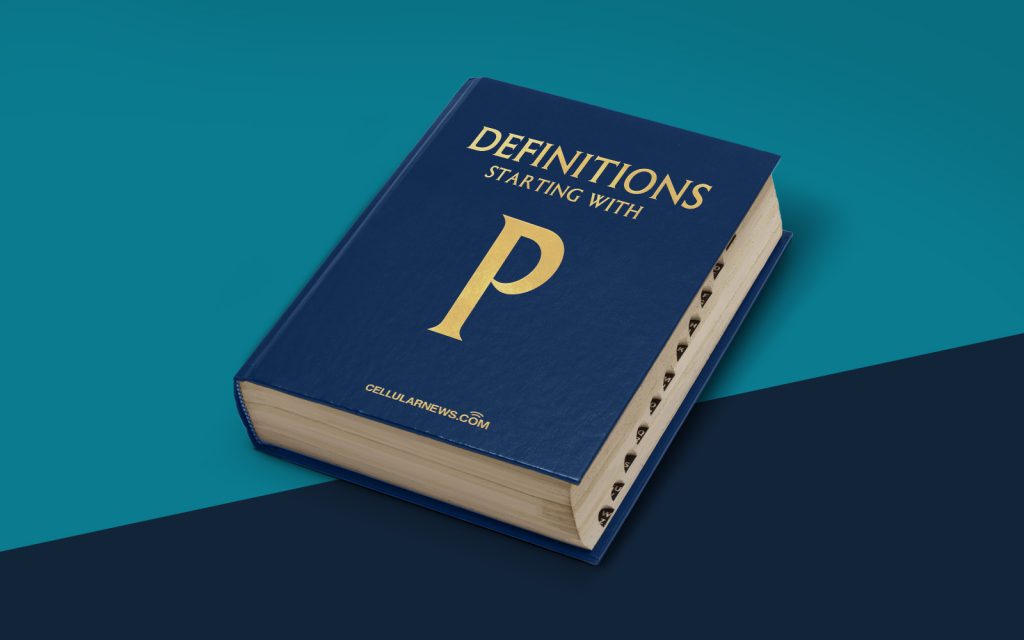
Understanding Planned Obsolescence: When Products are Designed to Fail
Have you ever wondered why some of your favorite tech gadgets seem to stop working just as the latest version is released? Or why that brand-new appliance suddenly starts malfunctioning right after the warranty expires? The answer may lie in a concept called planned obsolescence.
Key Takeaways:
- Planned obsolescence is a strategy used by manufacturers to intentionally design products with a limited lifespan or functionality.
- Its main purpose is to encourage consumers to regularly replace and upgrade their products, ensuring a constant demand for new models.
Planned obsolescence refers to the deliberate strategy that some manufacturers employ to design products with a limited lifespan or functionality. It’s a business practice aimed at ensuring consumers have a constant need to replace and upgrade their existing products. In simpler terms, it means creating products that are intentionally built to become obsolete within a certain timeframe.
Now, you might be wondering why any company would purposefully create products that will eventually fail or become outdated. While it may seem counterintuitive, planned obsolescence offers several benefits for manufacturers:
- Increased sales: By creating products with a limited lifespan, manufacturers can ensure a continuous flow of sales as consumers are forced to replace their products more frequently.
- Encouraging innovation and technological advancements: Planned obsolescence motivates manufacturers to constantly develop new and improved products, staying ahead of the competition and driving innovation in the industry.
- Boosting the economy: The constant demand for new products stimulates economic growth, as consumers spend money on replacements and upgrades, creating jobs in various sectors.
- Supporting product pricing: Planned obsolescence helps maintain product pricing by ensuring constant demand, preventing prices from declining due to oversupply in the market.
While planned obsolescence may benefit manufacturers in the short term, it has its fair share of critics and ethical concerns. Detractors argue that it leads to unnecessary waste, as discarded products end up in landfills, contributing to environmental damage. Furthermore, some consumers feel deceived when their products fail earlier than expected, leading to a loss of trust in the brand.
However, as consumer awareness grows, some manufacturers are starting to embrace sustainable and ethical practices, challenging the notion of planned obsolescence. They are prioritizing durability, repairability, and long product lifespans, offering alternatives to the “throwaway culture” that has dominated consumer behavior in recent years.
In conclusion
Planned obsolescence is a business strategy that involves purposefully designing products with a limited lifespan or functionality. While it benefits manufacturers by driving sales and encouraging innovation, it raises ethical concerns and contributes to environmental waste. As consumers become more conscious of their impact and place value on sustainability, the landscape may change, leading to a shift in product design and consumer behavior.
